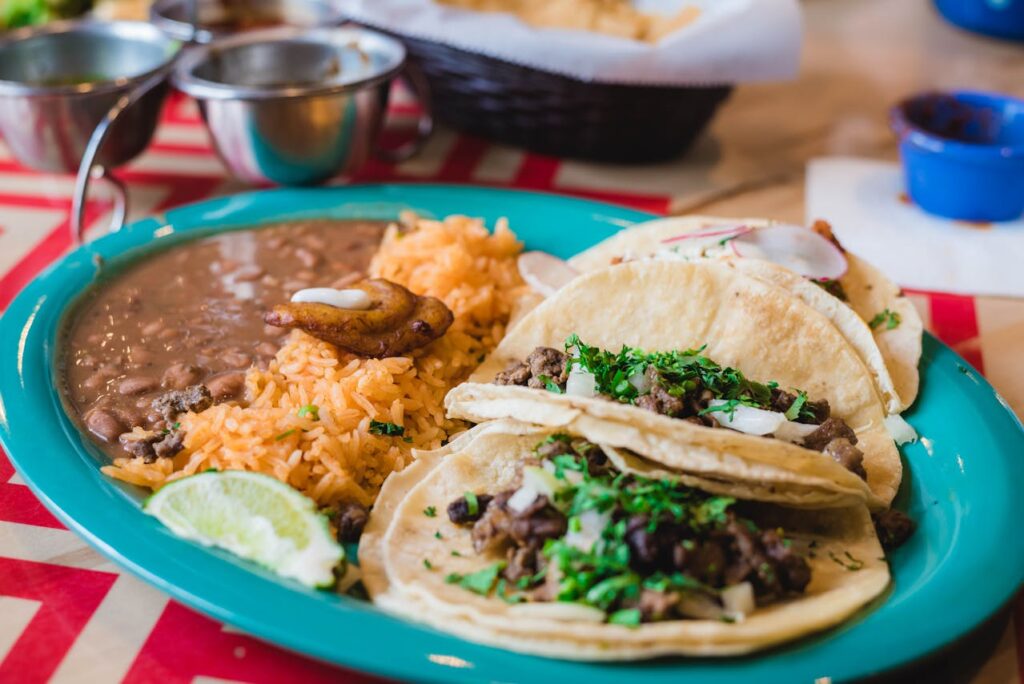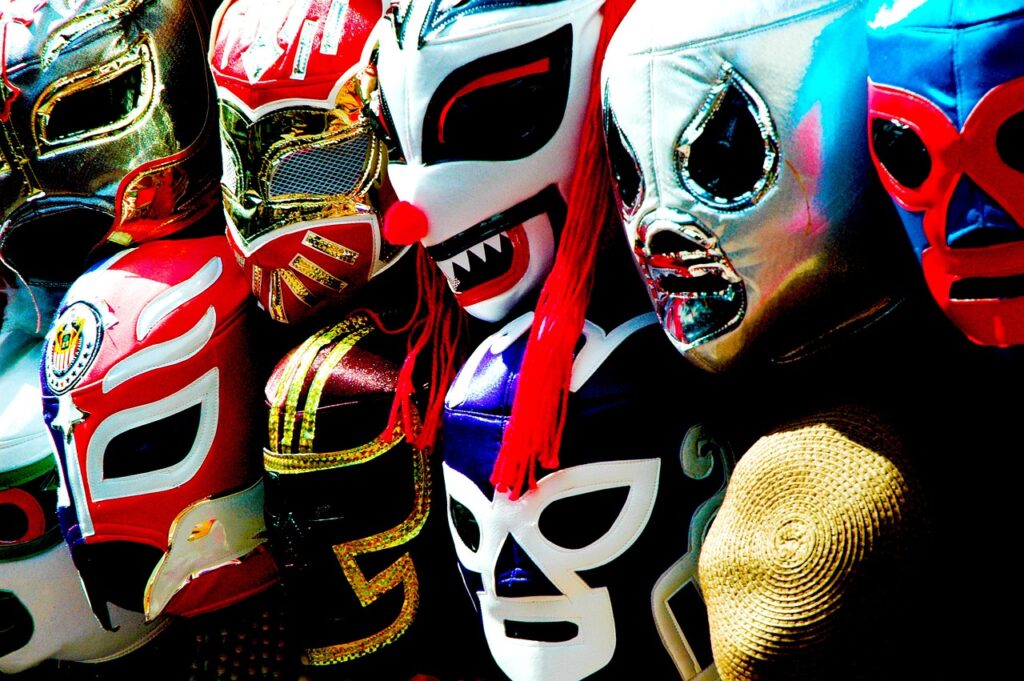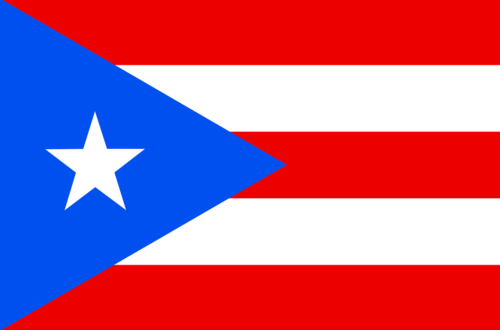
Interesting Facts About Mexican Culture (Read The Best 88)

The Colors of Mexican Handicrafts and Textiles
- A Rich Tradition of Craftsmanship: Mexican handicrafts and textiles, known for their vibrant colors and intricate designs, reflect the country’s rich artistic heritage. From Oaxacan ceramics to Chiapas textiles, these crafts are not just items of beauty but also of cultural significance.
The Evolution of Mexican Language and Literature
- From Ancient Scripts to Modern Narratives: Mexican literature has evolved from the glyphs of ancient civilizations to the rich prose and poetry of today. Showcasing the country’s linguistic diversity and storytelling traditions.
The Culinary Delights of Mexican Street Food
- A World of Flavors on Every Corner: Street food is an integral part of Mexican culture. Offering an array of flavors from tacos and tamales to elote (grilled corn). These dishes, often wrapped in corn husks or banana leaves, are a testament to Mexico’s culinary creativity.
The Impact of Tourism on Mexican Culture
- A Top Destination for Global Travelers: As per the World Tourism Organization, Mexico is one of the most visited countries in the world. The influx of tourists has not only boosted the economy but also facilitated cultural exchange. Showcasing Mexican culture on a global stage.
The Influence of Mexican Sports and Recreation
- Beyond Soccer: A Diverse Sporting Culture: While soccer remains the most popular sport, activities like bullfighting and lucha libre wrestling are also deeply ingrained in Mexican culture. Reflecting its love for vibrant and spirited competitions.

The Significance of Mexican Architecture
- Ancient Pyramids to Modern Metropolises: Mexican architecture, from the ancient pyramids of the Aztec and Maya civilizations to the modern buildings of Mexico City, reflects the country’s historical depth and contemporary progress.
The Role of Mexican Cuisine in Global Food Culture
- Influencing World Cuisine: Mexican cuisine has had a significant impact on global food culture. Dishes like tacos and guacamole have become favorites around the world, highlighting the global appeal of Mexican culinary traditions.
Mexican Fashion and Style: A Blend of Tradition and Modernity
- From Charro Suits to Contemporary Trends: Mexican fashion, known for traditional garments like the charro suit, has evolved to include modern designs. Demonstrating the country’s ability to blend tradition with contemporary trends.
The Significance of Mexican Holidays and Celebrations
- Festivals Reflecting a Rich Cultural Tapestry: Mexican holidays, from Independence Day to the Day of the Dead, are vibrant celebrations that combine religious, historical, and cultural elements, reflecting the country’s diverse heritage.
The Growth of Mexican Cities and Urban Culture
- Urban Expansion and Cultural Dynamics: Mexico’s major cities, such as Mexico City and Guadalajara, are not only economic hubs but also cultural melting pots. Where traditional and modern influences coalesce to form dynamic urban cultures.
FAQs About Interesting Facts About Mexican Culture
How do Mexican handicrafts and textiles represent the country’s artistic heritage?
Mexican handicrafts and textiles are vital representations of the country’s artistic heritage, showcasing a blend of indigenous and Spanish influences. Each region in Mexico has its unique style of handicrafts and textiles, reflecting the local history, materials, and cultural influences.
These items often incorporate traditional designs, symbols, and techniques passed down through generations. They are not just art pieces but also tell stories of the communities, their beliefs, and their environment. From the colorful woven textiles of Oaxaca to the intricate pottery of Puebla, these crafts are a testament to Mexico’s rich artistic diversity and creativity.
What role does street food play in Mexican culture and cuisine?
Street food is an integral part of Mexican culture and cuisine, offering an authentic taste of the country’s culinary diversity. It is a manifestation of everyday life and social interaction. Street food vendors provide accessible and affordable options for locals and tourists alike. From tacos and tamales to elotes (grilled corn) and churros.
These dishes are not just nourishment; they are deeply rooted in Mexican traditions and regional flavors. Street food reflects the ingenuity of Mexican cuisine. Where simple, fresh ingredients are transformed into flavorful dishes that are a cornerstone of Mexico’s cultural identity.
How has tourism impacted the cultural landscape of Mexico?
Tourism has significantly impacted the cultural landscape of Mexico, both positively and negatively. On the positive side, it has led to the preservation and global recognition of many Mexican cultural sites and traditions. It has boosted the economy and created a platform for cultural exchange.
However, tourism can also lead to commercialization and sometimes misrepresentation of cultural practices. The influx of tourists has required Mexico to balance preserving authenticity and catering to international tastes. Nonetheless, tourism remains a key vehicle for showcasing Mexican culture and heritage on a global stage.

In what ways does architecture reflect the history and progress of Mexican culture?
Architecture in Mexico is a vivid reflection of the country’s history and progress. From ancient pyramids and temples of pre-Columbian civilizations to colonial churches and modernist buildings, Mexican architecture tells a story of cultural evolution.
Indigenous architectural styles reflect the advanced understanding of astronomy and engineering of ancient civilizations. Spanish colonial architecture, with its grand plazas and baroque churches, showcases the influence of European styles. Modern architecture in Mexico, influenced by international trends, still often incorporates traditional elements and materials. Symbolizing a blend of past and present.
How do Mexican festivals and celebrations express the country’s cultural diversity?
Mexican festivals and celebrations are vibrant expressions of the country’s cultural diversity. They blend indigenous, Spanish, and modern influences, showcasing the syncretic nature of Mexican culture. Celebrations like Dia de los Muertos (Day of the Dead), which honors deceased loved ones with colorful altars and offerings, incorporate pre-Hispanic customs and Catholic elements.
Festivals like Guelaguetza in Oaxaca celebrate indigenous cultures and traditions. These events feature traditional music, dance, costumes, and foods, highlighting the diverse cultural heritage of different regions in Mexico. They are not only festive occasions but also platforms for cultural preservation and community pride.
Facts About Mexican Culture Conclusion (To be Continued…)
Our journey through the interesting facts about Mexican culture has taken us from the vibrant streets where food vendors serve up culinary delights, to the world stage where Mexican tourism, sports, and architecture shine.
In every aspect, from cuisine to fashion, Mexico’s culture stands as a testament to its ability to honor its past while boldly embracing the future. This rich tapestry of tradition, innovation, and spirit is what makes Mexican culture truly fascinating and unique.





One Comment
Pingback: